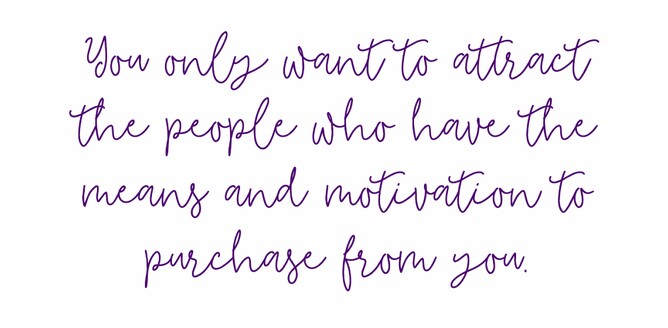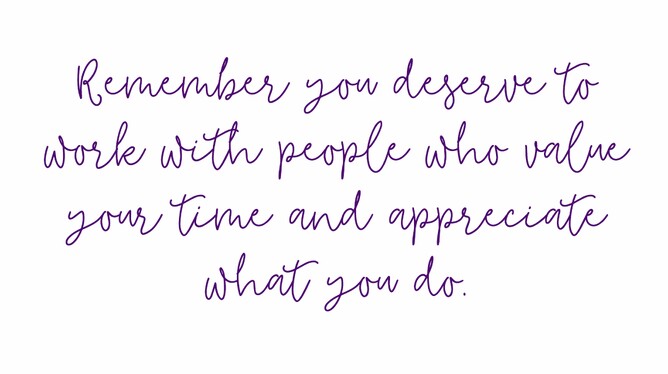So many of our clients tell us their target market or ideal client is everyone. In reality, it's not everyone and in trying to be everything to everyone you appeal to no-one. You only want to attract the people who have the means and motivation to purchase from you, so make sure you are targeting those people with your marketing and branding.
A great example is a client we have who makes cupcake toppers. When I asked her to tell me about her target market, she told me it was everyone. I had to be a bit harsh and point out that it wasn’t everyone – my husband for one will never be interested in purchasing cupcake toppers, that’s if he even knows what they are. In fact, my daughters are more likely to be the ones more interested in cupcake toppers and even then, only around the times of their birthdays.
With a bit more prodding everyone was narrowed down to professional cake bakers, mums who bake and have children aged 0-16, mums who do themed birthday parties, tweens and teens with upcoming birthdays, South Island location due to freight costs and her ability to be at markets and events local to her and families with a bit of extra income to spend on party extras. That then gave us both something to work with when it came to how she was going to reach those people and what messaging and visual branding was going to appeal best.
It often just takes a few questions for someone to start narrowing down who their ideal client is. We can start with the obvious: gender, age, occupation, income bracket, location, interests and then move on to behaviours – where do they shop, what do they read, where do they hang out online, what do they listen to, where do they get their information from.
Always have in mind the key question “what challenges, concerns or problems does your ideal client face and how does your product or service help them?” I also recommend thinking about the type of people you like working with and how they treat you and respect your business and including that in your ideal client description. Remember you deserve to work with people who value your time and appreciate what you do.
If you are struggling to come up with who your ideal client is, sometimes it is easier to think about who your ideal client isn’t. Eg if you are a hairdresser, bald men are not likely to be your target market.
Don’t worry about losing out on potential business because you are no longer targeting everybody. Think of it as a dart board with your ideal client as the bulls eye. When you aim for the centre and miss, you’ll still hit something in the surrounding rings. If you focus on your target market you’ll start to perfect your aim and hit the bulls eye every time. It’s a much better approach than just wildly throwing darts around and hoping something sticks.
The more you can define your ideal client and get into their mind the better you can target your marketing, write messaging that resonates with the right people and the better we can create visual branding that will appeal to those you most want to attract.
In order for a graphic designer to produce great design and branding we need to have an understanding of who it’s for. For example, if it’s for senior citizens, then things like the size of the typeface needs to be taken into consideration and muted colours are best, whereas for a young audience we might go bright and energetic.
I also get clients to think about how they want their business to be perceived by their ideal client or how they want people to feel when they see their branding or marketing. This means moving beyond the words trusting and professional. All legitimate businesses want to be seen as trusting and professional, even the performing clown that comes to children’s birthday parties.
Consider words like graceful, solid, efficient, timeless, hearty, cutting edge, luxurious, sparkling, practical – I have a whole list if you need help here. Contact me and I can send it through.
Defining your target market will help you avoid a common mistake that new business owners make of wanting their branding and other marketing to appeal to themselves rather than thinking of what will work for their actual target market. It’s really important to put your personal preferences aside and put yourself in the shoes of your ideal client.
If you need help defining your target market and building a brand strategy then download our free Brand Strategy Workbook to get you started.






